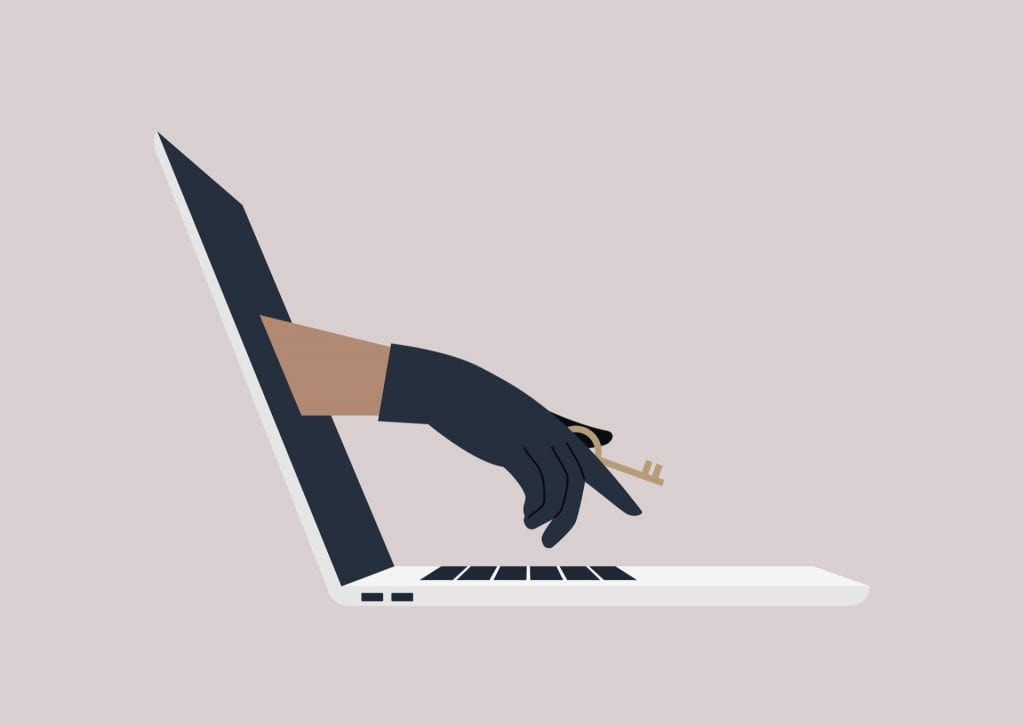National Public Data, a background check company, confirmed in August that it suffered a data breach leaking names, email addresses, phone numbers, social security numbers, and mailing addresses.
Fortunately, there are many free and accessible steps you can take to defend against identity theft:
- Guard your personally identifiable information – information like a Social Security number is a key piece of personally identifiable information, and it should be shared sparingly and securely. Keep your physical cards in a safe, secure location, as well as any paperwork with personally identifiable information written on it. When asked for your personally identifiable information, question if it is needed or ask what measures they will take to protect its privacy.
- Beware of phishing – many scammers try to collect your personally identifiable information through illegitimate emails, phone calls, and text messages. If you receive a request for action or information, reach out to the entity using a known method.
- Place a Credit Freeze – this measure reversibly restricts access to your credit report so that nobody can open a new credit account in your name. During a credit freeze, you will still be able to rent an apartment, buy insurance, or apply for a job. When you would like to apply for new credit, you may lift the credit freeze. In order to place a credit freeze, create a free account with each of the three credit bureaus: Equifax, Experian, and TransUnion.
- Request a weekly, free credit report – The three credit reporting agencies have a program to check your credit report once a week for free. The sooner you spot a mistake, the sooner you can dispute it or report it.
- Activate Fraud Alerts – this measure adds a step in the process of issuing new credit. Fraud alerts make it so a business must verify your identity before they can issue any new credit in your name. A fraud alert lasts for one year and can be renewed for free. In order to place one, contact any one of the three credit bureaus: Equifax, Experian, and TransUnion.
- Monitor your snail mail – Stolen mail is a common path to stolen identity. In the United States, you can sign up for Informed Delivery from the United States Postal Service. The service gives you a preview of your mail so you can tell if anything is missing from your mailbox. Also, you can place a hold on your mail for when you leave town.
Indicators of Identity Theft
- Suspicious withdrawals show up in your bank record.
- Bills or other mail do not come to your mailbox.
- Debt collectors call you about unfamiliar debts.
- Foreign accounts or charges appear on your credit report.
- Medical providers bill you for services you did not receive.
- Your health plan rejects your legitimate medical claim because their records show you have reached your benefits limit.
- A health plan will not cover you because your medical records show a condition you do not have.
- The IRS notifies you of more than one tax return filed in your name or income from an employer for whom you do not work.
- You are notified of a data breach at a company where you do business or have an account.
What to do if your information is lost or stolen
